The History of Barrios Unidos
Healing Community Violence
Frank de Jess Acosta
Edited by Henry A. J. Ramos
With a Foreword by Luis J. Rodrguez

This volume is made possible through grants from Barrios Unidos, the Charles Stewart Mott Foundation, the City of Houston through the Houston Arts Alliance, the Exemplar Program, a program of Americans for the Arts in collaboration with the LarsonAllen Public Services Group, funded by the Ford Foundation, the James Irvine Foundation, and the Rockefeller Foundation.
Recovering the past, creating the future
University of Houston
Arte Pblico Press
452 Cullen Performance Hall
Houston, Texas 77204-2004
Cover design by Exact Type
Cover art by Rene Garcia
Jess Acosta, Frank de.
The History of Barrios Unidos: Healing Community Violence / by Frank de Jess Acosta; foreword by Luis Rodrguez.
p. cm.
ISBN 978-1-55885-483-3
1. Urban violenceCaliforniaSanta CruzPrevention. 2. Community organizationCaliforniaSanta Cruz. 3. Political participationCaliforniaSanta Cruz. 4. Communication in community
developmentCaliforniaSanta Cruz. 5. Santa Cruz (Calif.)Social conditions. I. Title.
HN80.S26J47 2007
303.690979471dc22 | 2006051751
CIP |
 The paper used in this publication meets the requirements of the American National Standard for Information SciencesPermanence of Paper for Printed Library Materials, ANSI Z39.48-1984.
The paper used in this publication meets the requirements of the American National Standard for Information SciencesPermanence of Paper for Printed Library Materials, ANSI Z39.48-1984.
2007 by Frank de Jess Acosta
Printed in the United States of America
7 8 9 0 1 2 3 4 5 6 10 9 8 7 6 5 4 3 2
Dedication
Dedicado a mis padres Mara de Jess Acosta y Luis Barrios Garca and my siblings Carmen, Henry, and Joe for their love and spirit. Para toda mi familia de sangre y de espritubeloved nephews and nieces, mis tos, tas y primos de la familia Fonseca, my twelve godchildren y mis estimados compadres. To my to Jos Chavito Fonseca, who stepped up to be a father when I needed one. Thanks to Luz Vega-Marquis, Gary Yates, Tom David, Gwen Foster, and Antonio Manning for believing.
Special thanks and blessings go to Henry Kiki Ramos and Rubn Ray Lizardo, first for their brotherhood and love, second for their critically important contributions to the editing and writing of this book. The love, hope, faith, and humanity of el movimiento remain the cornerstone of our carnalismo. Special thanks to research fellows George Galvis, Claudia De La Rosa, and Venice Williams, the support team of Tawnya Lewis-Mason, Jamie Hilao, Amanda Quintero, Ceylida Lpez, Roberto De La Rosa, Hiranya Brewer, and artists Anthony Rene Garcia and Frankie Alejndrez. Gracias to Luis Rodrguez, Gabriela Baeza Ventura, Dolores Huerta, Harry Belafonte, Connie Rice, Tom Hayden, and Manuel Pastor for their contributions.
Gracias Willie B., Sam Law, Johnjohn P., Ray y Abby, Kiki y Claudia, Primo Oscar, Rolling Stone and Tawnya, Serena M., Mariano y Ruby, Ruben G-2Dogs y Sarah, Sylvia B., Peter N., Bong-Jonah, Stewart K., Cecilia S., Michael-Hootie, Phillip y Jason K., Richard V., Mama Cora and Helen, Boo2, Leonor, Steve y Vannia, Arturo-Congo, Angel Z., Antonio M., Turie V., Roberto L., Waterbug, Sky, Blanca, Bear, Greg-Kudu, Steve-Tiger, Michael L., Brian-Babycakes, Ronnie de la Calle, Ernie G-Wintergardens, Juliamaba, J. Marcial, Magdalena y Frankie, Fr. Kiki Smolich, Pastor M. Fink, Fr. G-Dog Boyle, L. Rodrguez, Tom-Big Mountain, Wayne S., Anthony C., Irma R., Sandra G., Susan A., Linda B., Susan N., Debbie C., Jai Lee, Linda W., Gwen F., Fran J., Angela S., Larry A., Paul V., Jaime R., Connie R., Joe H., Gary-Monk, Marisa A., Cindy C., Benny T., Denise F., Gary D., Winston D., Frank G., Skid-Graciela, Tony G., Tim N., Berky N., Victor R., Marlan O., UCLA MEChA, Mike (Nikayla/Trista) Adair, and the JTs gang. Las familias Acosta, Garca, Fonseca, Palumbo, Bamish, Mason, Lizardo-Rincn, Ramos-Camacho, Daz, Ruz, Abaigar, Law, Kobayashi, Nishita, Verches, Kallio, Delgadillo, Balaoing, Shibuya, Chu, Pond, Procello, Jung, Almeida, Ten-Houston, Alejndrez, Quintero, Ayala, Domnguez, Ybarra, Gonzales, Manning, Kim, and Zapata.
Para Nane y Jenny, OT y Sonia, Elder Henry, Walter Firekeeper, Liz, Lulu, Monico, Los Albinos, Vampira, Los Manuels, Rip-Richard, Mitch, Caranina, Shawnalle, Amanda, George, Joaqun, Anthony, Las Teresas, Chemo, Ted, Wayne, Jaime, Yvonne, Roberto, Claudia, Ceylida, Leslie, Manny, Hiranya, Jim, To Alberto, Marko, Frank V., Nghia, Magdaleno RA, Dr. Loco, Edward James Olmos, Danny Glover, Hari Dillon, Victor G., Ida H., Patricia P., Len B., and all Peace Warriors and Adelitas of the Barrios Unidos family not mentioned but remembered. To Gaylord, Baba Dodley, Mae, Shed, Venice, Sean, Jerome, Amy, Harvard, Greg, Jcohn, Khalid, Haatim, Kwabena, Brandon, Ernest, Kyle, Steve, Deamon, Busi, Desmond, Regi, Jerod, Tywan, Eddie, Craig, Fonde, Rhatib, C.J., and all of the elders circles, nation builders-warrior poets, and Simba Nation. Ashe!
To Syd Beane and Floyd Red Crow Westerman for the blessing of my first sweat lodge. Amor y gracias to my uncle and spiritual guide, Henry Domnguez. To my circle of friends and colleagues who have waited patiently for me to return from this journeythe Watts Century Latino Organization, the Institute for Community Peace, the Los Angeles Multicultural Collaborative, and the Liberty Hill Foundation.
In loving memory of William Acosta, Paula Avalos, Samuel Law, Florence Bamish, Oscar Soto Jr., Fran Daz, Father Luis Oliveras, Danny Verches, Linda Mitchell, Freddie Ramrez, Carlos Ruz, Michael Ruz, Ralph Abascal, Peter Pond, Manuel Martnez Jr., Ted Jefferson, Walter Guzmn, and those most recently departedNaiche Domnguez, Jr., Rubn Gregorio Maldonado, Frank del Olmo, Ray Gatchalian, Corky Gonzales, Bert Corona, Coretta Scott King, Lalo Delgado, and Marco Firebaugh. To all the homies and innocent souls fallen from or heartbroken by barrio warfare.
Contents
by Henry A. J. Ramos
by Luis J. Rodrguez: Yocoxcayotl: The Movement for Peace and Healing Through Barrios Unidos
Editors Note by Henry A.J. Ramos
As a young person growing up in California, I learned early on about the culture of gangs and the institutional inequities that give rise to them. I was comfortably protected from these realities on account of my business-owning, middle-class familys decision to reside on the relatively posh west side of Los Angeles. This largely shielded me from the meaner streets of East Los Angeles and South Central and ensured that I would attend some of the citys better public schools. Nevertheless, I occasionally bumped up against the gang lifela vida loca of homeboys and homegirls all around southern California. I found urban gangsters of various kinds by virtue of my interests and my sense of social responsibility, being one of relatively few Chicanos back then who was privileged.
Even on the higher-end west side of L.A. we had Chicano gangs. Those known as Sotel in West Los Angeles, the Venice 13 gangs, and various overlapping or competing gang families in Santa Monica and Culver City were highly active. Throughout my youth these groups were constant sources of oversight and control by local school authorities and police. They were also periodic threats to my scholarly and sports-centered orientation, which to the gang-bangers I knew seemed to make me both a curiosity and a source of pride. On occasion, they would mock me for being too white, but they also treated me with a surprising degree of respect for my sense of license and my success in Anglo society. Other than me, they did not know other Chicanos who had been socially and academically successful. Out of deference, they kept their distance from me, notwithstanding occasional signs of disdain for my inclination to play in the
Next page

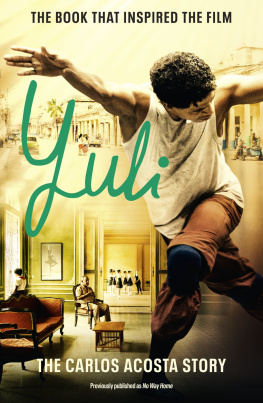
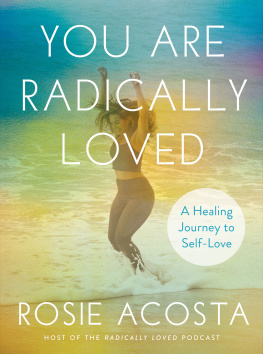
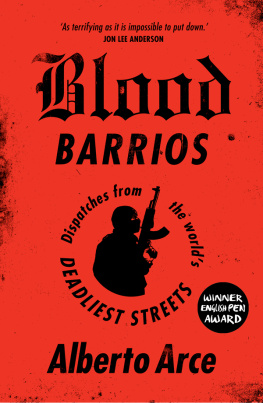

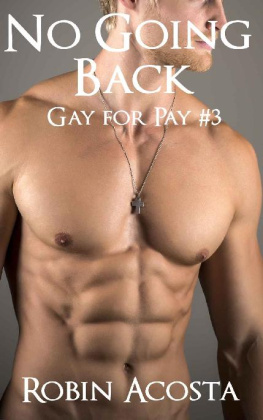
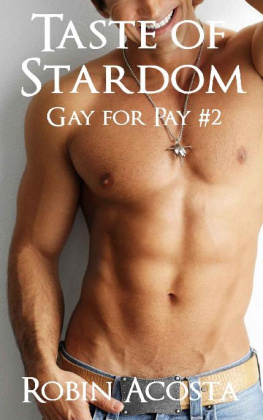
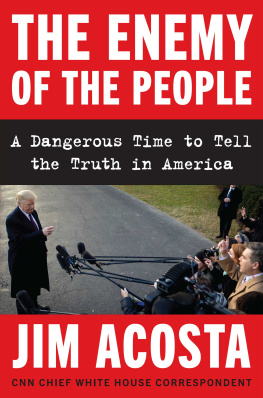

 The paper used in this publication meets the requirements of the American National Standard for Information SciencesPermanence of Paper for Printed Library Materials, ANSI Z39.48-1984.
The paper used in this publication meets the requirements of the American National Standard for Information SciencesPermanence of Paper for Printed Library Materials, ANSI Z39.48-1984.